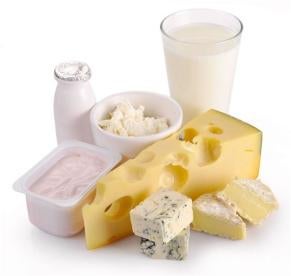FDA revisiting its safety criteria for raw milk cheese.
-
For years, FDA has been warning consumers about the potential health risks associated with consuming raw milk products (i.e., products made from unpasteurized milk). The Agency also has included raw milk cheese in its systematic surveillance sampling program. In 2010, FDA published a Compliance Policy Guide (CPG) to provide guidance to FDA staff on enforcement policies for pathogens and other indicators of inadequate pasteurization or post-pasteurization contamination of dairy products. Under the CPG, FDA may consider dairy products to be adulterated where tested samples contain specific levels of non-toxigenic E. coli. This is because FDA views non-toxigenic E. coli as an indicator of fecal contamination and other unsanitary conditions in a processing plant. In recent years, cheesemakers have expressed concerns about the necessity and scientific validity of FDA’s policy on this point.
-
On February 8, FDA announced its intent to revisit its rationale for testing for non-toxigenic E. coli in dairy products. While FDA reconsiders its policy, the Agency will be pausing its testing program for non-toxigenic E. coli in cheese.
-
FDA’s announcement pledges a re-evaluation of its safety criteria under the framework set forth in the FDA Food Safety Modernization Act (FSMA) and specifically references the relevance of hazard analysis and risk-based preventive controls (HARPC). It is not clear when FDA’s revisions to the 2010 CPG will be complete. Nevertheless, it is interesting to see the Agency expressly citing a FSMA-based and science-focused rationale as among the reasons for a proactive change to its enforcement policies.



 i
i


